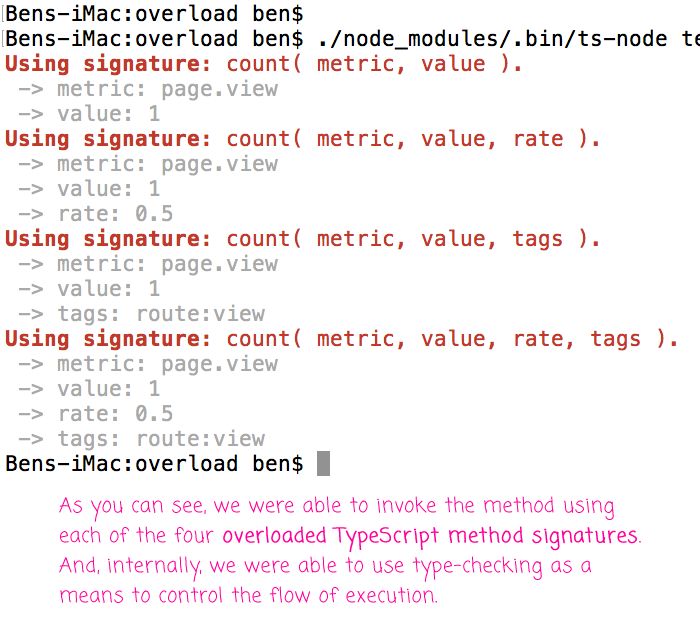
This is useful in expressing that a class is not designed to be extended and it effectively disallows anyone from doing so, otherwise they will be hit with a compiler error.

It is present in both C++ and Java, arguably the most popular OOP languages. Maybe one of the most requested features out there (judging by the number of comments and upvotes on the open TypeScript issues) and also one of the most jarringly missing from the language. I mostly worked in the JVM/Java world before starting with TypeScript so here is my perspective on 5 features that I would like the language to have and are not there yet. I personally think TypeScript is a great language and quite a pleasure to work with, still if you are coming from another programming language you might feel some features are missing. It is also gaining traction among projects worldwide with the same StackOverflow survey placing it as the number 5 most used programming language while a similar survey from Jetbrains showing it at number 8. It is quite loved by its users with the most recent StackOverflow developer survey placing it on number 3 as the most loved programming language. Normal functions exist at the dynamic level, are factories for values and have parameters representing values.TypeScript is one of the newer programming languages out there, improving on Javascript by adding static type safety among other nice features. Recall the two language levels of TypeScript: My recommendation is to use whichever syntax best expresses how a property should be set up. (7006) function toString(num) const objWithArrowFunction2 : HasFuncProp = objWithArrowFunction Parameter 'num' implicitly has an 'any' type. If, for example the parameter num of a function toString(num) has the static type number, then the function call toString('abc') is illegal, because the argument 'abc' has the wrong static type. Type checking ensures that these predictions come true.Īnd there is a lot that can be checked statically (without running the code). Each storage location (variable, property, etc.) has a static type that predicts its dynamic values. These only exist when compiling or type-checking source code. TypeScript brings an additional layer to JavaScript: static types. Object: the set of all objects (which includes functions and arrays)Īll of these types are dynamic: we can use them at runtime.BigInt: the set of all arbitrary-precision integers.Boolean: the set with the two elements false and true.Null: the set with the only element null.Undefined: the set with the only element undefined.The JavaScript language (not TypeScript!) has only eight types: In this chapter, a type is simply a set of values. The TypeScript handbook has comprehensive documentation on them. We will see more compiler options later in this book, when we get to creating npm packages and web apps with TypeScript. -strictPropertyInitialization: Properties in class definitions must be initialized, unless they can have the value undefined.-strictFunctionTypes: enables stronger checks for function types.-strictNullChecks: null is not part of any type (other than its own type, null) and must be explicitly mentioned if it is a acceptable value.-alwaysStrict: Use JavaScript’s strict mode whenever possible.

-noImplicitThis: Complain if the type of this isn’t clear.This mainly applies to parameters of functions and methods: With this settings, we must annotate them. -noImplicitAny: If TypeScript can’t infer a type, we must specify it.Setting -strict to true, sets all of the following options to true: Read on if you want to know more details. That’s everything about -strict you need to know for now 7.1 What you’ll learnĪfter reading this chapter, you should be able to understand the following TypeScript code: This chapter explains the essentials of TypeScript. 7.16 Conclusion: understanding the initial example.7.15.3 A more complicated function example.7.15.2 Type variables for functions and methods.7.13.2 TypeScript’s structural typing vs. nominal typing.7.13.1 Typing objects-as-records via interfaces.7.11.1 By default, undefined and null are not included in types.7.10.2 Return types of function declarations.7.7 The two language levels: dynamic vs. static.7.6 Specifying types via type expressions.7.2 Specifying the comprehensiveness of type checking.


 0 kommentar(er)
0 kommentar(er)
